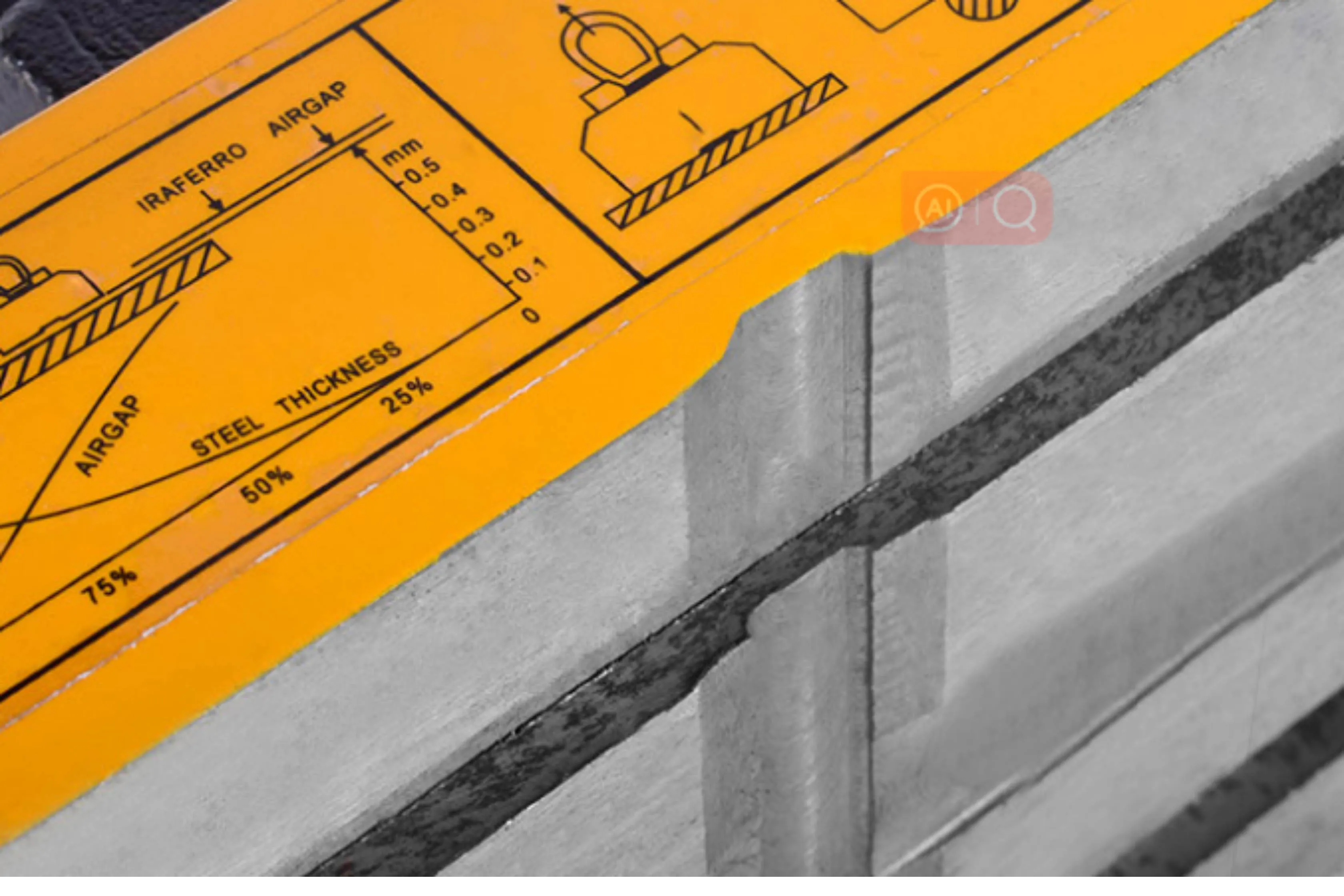Portable Magnetic Lifter for Easy Handling and Efficient Lifting Tasks
Hand-Held Magnetic Lifters A Comprehensive Overview
In industrial settings where heavy materials need to be moved safely and efficiently, hand-held magnetic lifters have become essential tools. These innovative devices allow workers to lift and transport ferrous (iron and steel) materials with ease, improving safety and productivity while minimizing manual labor. This article delves into the workings, benefits, applications, and safety considerations of hand-held magnetic lifters.
How Hand-Held Magnetic Lifters Work
Hand-held magnetic lifters use powerful magnets to create a strong lifting force. They are equipped with high-performance neodymium magnets or electromagnets that can generate significant magnetic attraction. The basic operation involves a lever mechanism that allows the user to engage or disengage the magnetic pull. When the lever is activated, the magnetic circuit is closed, enabling the lifter to grip the metal object securely. Releasing the lever opens the circuit, allowing for the safe release of the load.
Benefits of Using Magnetic Lifters
One of the primary advantages of hand-held magnetic lifters is their ability to safely handle heavy loads without the need for traditional lifting equipment, such as cranes or hoists. This feature not only speeds up the lifting process but also reduces the risk of injury associated with manual lifting. The compact design of these lifters means they are portable and can be used in various locations, making them ideal for construction sites, warehouses, and factories.
Additionally, these devices are versatile and can lift materials of different shapes and sizes, including flat plates, bars, and scrap metal. They offer a secure grip on the load, reducing the likelihood of accidents during transportation. Moreover, magnetic lifters require minimal maintenance, translating to lower long-term operational costs.
Applications in Various Industries
hand held magnetic lifter

Hand-held magnetic lifters find applications across numerous sectors. In manufacturing, they assist in the assembly and fabrication processes by moving metal parts quickly and efficiently. Construction companies utilize them for hoisting steel beams and plates, ensuring that tasks are completed swiftly without compromising worker safety.
In scrap yards, magnetic lifters are pivotal for handling and sorting scrap metal. They excel in recycling operations, allowing workers to maximize efficiency while reducing the physical strain associated with manual lifting. Even within the logistics and shipping sectors, these lifters are handy for loading and unloading metal products.
Safety Considerations
While hand-held magnetic lifters enhance productivity and safety, users must still adhere to critical safety guidelines. Before using a magnetic lifter, it is essential to ensure that the surface of the load is clean and free of rust and debris, as these factors can weaken the magnetic grip. Operators should also be aware of the lifting capacity of the device and never exceed the specified limits.
It is crucial for users to undergo proper training to understand how to operate lifters safely. Wearing appropriate personal protective equipment (PPE) such as gloves and steel-toed boots is always recommended, as it provides additional protection against potential accidents.
Furthermore, regular inspections are vital. Users should check the lifters for signs of wear and tear, ensuring that all components are functioning correctly before use. Following these safety measures will help maximize the operational lifespan of the lifters while keeping the workplace safe.
Conclusion
Hand-held magnetic lifters represent a significant advancement in material handling technology. Their ability to lift and transport heavy ferrous materials efficiently not only enhances productivity but also contributes to workplace safety. As industries continue to evolve, the adoption of such innovative tools will likely expand, offering a reliable solution for many lifting challenges. Whether in manufacturing, construction, or recycling, hand-held magnetic lifters are transforming how we handle heavy materials, meeting the demands of modern industry while prioritizing safety and efficiency.
-
4000 lb Gantry Crane | Adjustable, Heavy-Duty Lifting SolutionsNewsAug.31,2025
-
Portable 2000 lb Gantry Crane | Heavy-Duty & AdjustableNewsAug.30,2025
-
Versatile Lifting Solutions with Gantry and Overhead CranesNewsAug.29,2025
-
The Versatile Mobile Gantry Crane SolutionNewsAug.29,2025
-
Reliable Movement with Heavy Machinery Skates and RollersNewsAug.29,2025
-
Reliable Lifting Performance with 2000 lb Gantry Crane and 2 Ton Overhead SystemsNewsAug.29,2025
-
Maximize Lifting Efficiency with PML Magnetic LiftersNewsAug.29,2025
